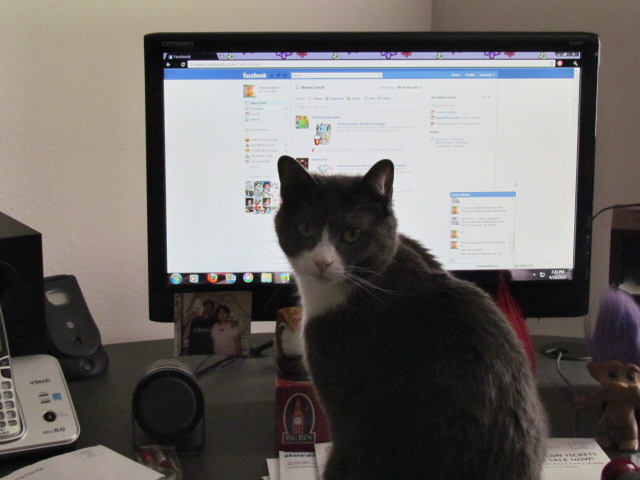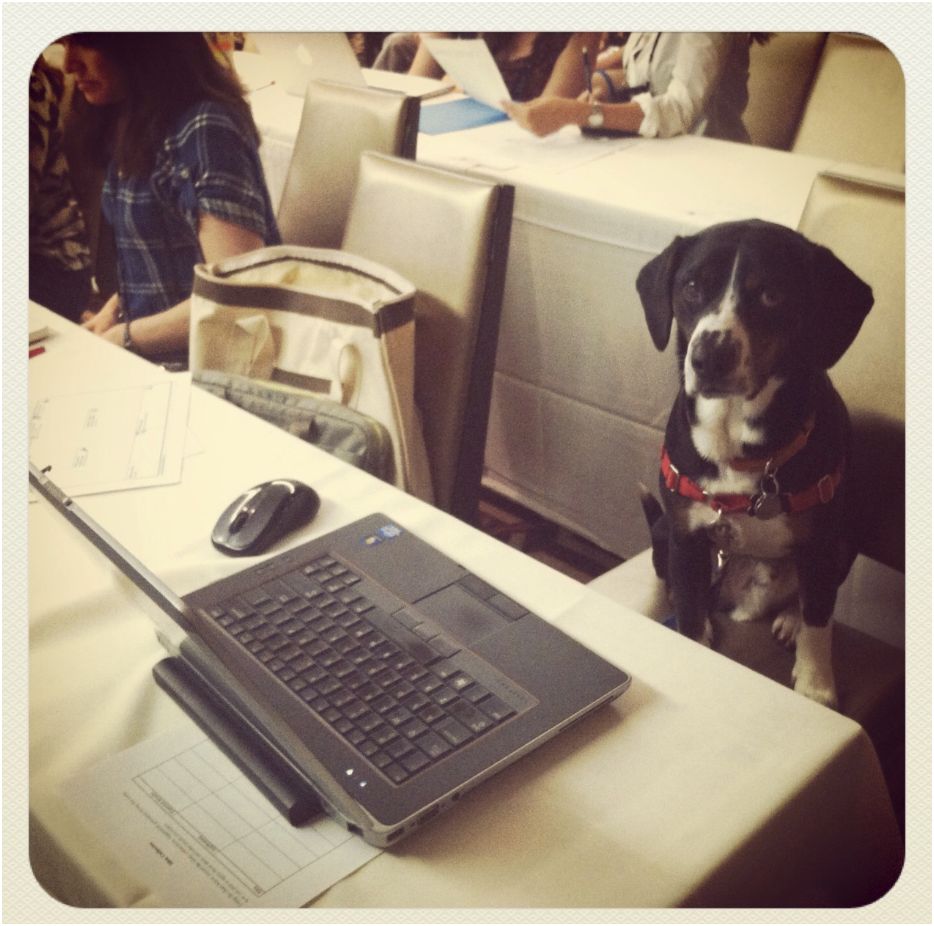How Bloggers Can Get Published in Magazines
by: Carol Bryant
The art of pitching is a finely crafted one, and this goes for the process of pitching a magazine. Some say the magazine is dying; others say it is simply changing its shape. Here are some tips of how you can get published in some of today’s hottest magazines. These same methods can be applied when you want to guest blog for someone or apply for an online paid assignment. As bloggers, it is possible to get published elsewhere.
THE WIND UP AND THE PITCH
A pitch letter to a magazine editor is very similar to a blog post. A pitch letter is exactly what it sounds like it would be: a letter personally written to individual journalists, writers, or editors (and more recently website owners and bloggers) that pitches a specific story idea to them for coverage.
Content that you currently have in your blog can be modified to magazine style and in addition to calling attention to your blog. It can also mean both monetary and credibility gain.
A lot of people say magazines are dying or will soon go the way of the dinosaur. Not so. There will always be a place for the magazine: the shape it will take may change, but people will always want to curl up with a good read, page through and catch up on their favorite topics, whether that be in print form, Kindle style, or a digital version of the magazine online.
If you think about it, a blog is a personal online journal – do you ever rant or share an opinion with your audience? This tone suits itself perfectly to an op-ed column (opinion editorial) in a newspaper.
Do you like to do product reviews? Report the facts or uncover a story perhaps no one else has scooped yet? Weekly and monthly magazines love these sorts of features.
WHAT TO DO ABOUT CLIPS
Many magazines will ask for your clips. As a blogger or someone who may not yet have professional clippings from other publications, there are some things you can talk about instead. No clips need not mean no assignments.
*Clips from your blog
* Your background. Are you a dog trainer? Interviewed them on your blog? Have a degree in English? The key is to establish yourself as an expert.
* Hobbies and personal expertise: Do you love dog shows? Involved in rescue? Have a special dog you helped to get a home? Pitch it.
* Good writers are not the experts on everything. As bloggers, we know this. We need to be able to access the experts and formulate an article. State your ability to contact experts and mention who in your pitch letter.
* Write what you know and be able to research what you don’t!
* Let people know you are an expert. How? Write a press release and send to companies that you are an expert and available. Some PR companies pitch us and let us know they have an expert. Give us a sample and then contact info.
* Find experts by browsing your favorite magazines and getting the names in those articles.
* For books, look at the people they thank and try to contact them.
* Newspapers – much of this applies to newspapers as well , op-ed to bigger papers and local ones
Magazine Terms Quick Hits 101
All-rights contract: legal contract between publisher and freelance writer granting all rights to the completed work to the publisher.
Beat: a subject or an industry the reporter or editor is responsible for covering.
Close: final few nights when pages go to print.
Dek: one sentence or a few sentences below the headline. The dek basically summarizes the article. Misspelled intentionally.
Evergreen: Something that can be published at any time, any year. It is not tied in to one season or holiday.
Graf: another word for paragraph, misspelled intentionally.
Hed: The headline, misspelled intentionally.
Kill fee: payment to a writer whose article won’t be published. Sometimes a flat fee but other times a percentage.
Lede: The opening to an article, the lede. Misspelled intentionally.
Masthead: names and titles of those responsible for the magazine’s publication. Usually in the first few pages of the magazine. Changes frequently.
Nut graf: Located after the catchy lede and lays out the article. Sort of like a thesis statement in a term paper.
Pull quote: An actually quote pulled from the article that will run alongside or with the piece.
Sidebar: Additional information about the article that is separate and usually runs in boxes alongside the piece.
TK: An industry term for a place marker to indicate missing information in article drafts. As in “to come.”
Do’s and Don’t for Pitching
Do’s
- Be concise, make every word count
- Few paragraphs, do not ramble
- Follow up after a few weeks
- Unique idea and fresh
- Do not be pushy
- State that clips are available or provide links to online clips
- Follow submission guidelines
- Keep tabs of who you pitched and when, what
- Include an appropriate subject header
- Thank people if you hear back
- Look into magazines you might not have considered for pet market (i.e. Women’s Day)
- Name drop if you have been referred by someone there
- Be able to sum up the angle of your pitch in one sentence. The pitch is longer.
- Think of deks that magazines put under headlines. The blurbs. They summarize the piece.
- Email a followup with your original piece pasted below it.
- Followup may say “I know you are busy, but I wanted to be sure you’ve received this and if it is a fit for ___ magazine.”
- An angle is something you read and think “ooooh, I never thought of it that way or heard of that before”
- If you cannot write your own dek, it probably means your idea is too vague
- Do let go if you hear nothing after 2 followups
Don’ts
- “I expect to hear back from you…” Don’t be pushy
- Don’t follow up constantly; be patient
- Have a pitch with errors
- Use HTML formatting that may not show up correctly in email
- Use emoticons and slang
- Send clips as attachments or graphics
Have you ever successfully pitched a traditional and/or online magazine or blog? Have any successes or tips to share?
If you want to get published, be sure to join us for the 6th Annual BlogPaws Conference in Henderson, Nevada, in early May!








